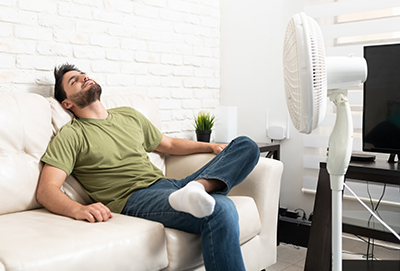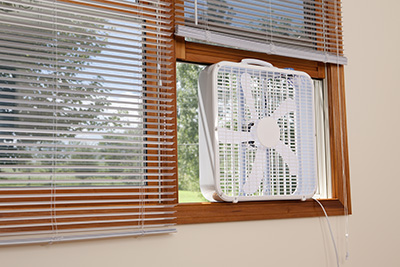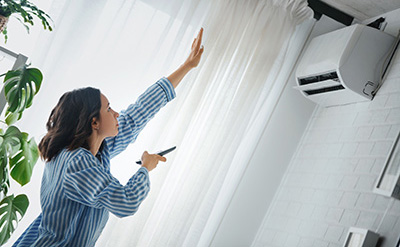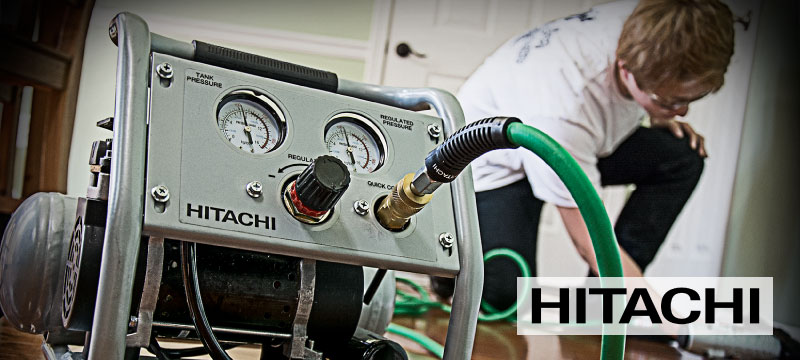Midsummer heat waves are upon us, and we must worry about heat illnesses such as heat stroke or heat exhaustion. Hiding out in your workplace or home is easy to beat the heat, but even indoors can get hot. Installing a new air conditioning system could solve all your problems. But two problems arise from cooling your home that way: one, many probably had that idea already, and you may be waiting months for a professional to show up, and two, it’s expensive.

You need inexpensive methods to keep you and your house from melting away. Our extensive list of how to cool down a room is full of ideas that can be accomplished in under a day without breaking your wallet.
How to Cool Down a Room With a Fan
Keeping your room cool with a fan is the cheapest, least labor-intensive, and best way to cool a room. A fan offers flexibility and allows you to get a little more creative while cooling a space. Fans are also more environmentally friendly, as they use far less energy than a traditional AC system.
Ice or Cold Water
You can set an ice or cold water bucket before an oscillating fan. The fan will blow the temperature around the ice around the room. The bowl should be at least as large as the fan. It’s okay if the ice melts, but swap it out with more ice once the water is no longer cool. For optimum effectiveness, keep the door and windows of the room closed so the cold air stays trapped inside. Also, as the cold water evaporates, it will lower the air temperature within the room.
Kitchen and Bathroom Exhaust Fans
Bathroom and kitchen exhaust fans are designed to funnel warm air from these spaces to the outdoors. Use them whenever cooking or showering so that heat isn’t transferred to other parts of your home. Large fans, such as box fans, can also be used as exhaust fans. You can angle them toward open windows to shuffle hot air outside.
Create a Cross Breeze

A cross breeze is one of the best ways to keep a room cool with a fan. You can open windows on opposite ends of a room and put fans in each window. One fan should be placed facing inward on the side of your home, which receives the most shade because it will usually be the coolest. Another can be placed facing outwards on the other end of the home. That will bring cool air in and push hot air back outside. Keep as many doors open as possible to maximize airflow through the house.
How to Cool Down a Room With a Ceiling Fan
If you have a little more cash, a ceiling fan is the way to go. A ceiling fan doesn’t actually cool a room’s temperature, but it creates a wind chill effect by pushing air over your body. There are a few tips and tricks for keeping a room cool with a ceiling fan. Plus, a ceiling fan can be used during the winter season once the heatwave has passed. A ceiling fan will push hot air downward if turning clockwise, making a room feel warmer during the chilly months.
Reverse Fan Direction

A ceiling fan rotates in either direction, and knowing which way it should turn during the summer is pivotal to keeping the temperature down. During the warmer months, your ceiling fan should be spinning counterclockwise so the air in the room is pushed downward, and you’ll be able to feel a breeze. Most fans have a switch on the side of the fan, but others have a chain or remote control.
Turn It Off
When the ceiling fan isn’t being used, be sure to turn it off. Ceiling fans cool your body, not the room, so keeping them running all day when you aren’t in the area wastes energy.
Combine Efforts With an AC Unit
If you have an AC unit already within a window or your wall, you can combine its cooling efforts with a ceiling fan to maximize temperature control. The cool air being pumped into the room will be pushed down by the ceiling fan creating a cooler feeling in the room.
How to Cool Down a Room Without a Fan
Perhaps you don’t want to clutter your space with fans throughout your home. In that case, use nature and your home’s existing components to your advantage. These are great ways to save on energy costs.
Open Windows or Doors at Night
Temperatures are cooler at night, so let some fresh air in by opening the windows in a room. Open your doors as well so the cool air can move from room to room. Opening windows and doors simultaneously can create a nice cross breeze that will bring cool air in and release the hot air that’s been in your home all day.
Cold In and Hot Out
Many people don’t know that most modern double-hung windows have a hidden feature that can help improve airflow. Opening both the top and bottom sashes of a window allows the cold air to enter through the bottom, while the venting at the top permits the hot air near the ceiling to exit the room, creating a continuous air cycle.
Install an AC Unit

This option is a little pricier, but an AC unit is the best way to offer complete control over the temperature in a room without using a fan. You can purchase a window-style or a through-the-wall air conditioner. Both are relatively easy to install and can be done in a few hours, so the project won’t be a headache. They help with energy costs because they focus on the air in one room rather than cooling an entire home.
How to Cool Down a Room With No Windows
Not everyone can afford multiple fans or ceiling fans. Perhaps you live in an apartment, and your room doesn’t have windows. Don’t fret. There are avenues to keep cool in these scenarios as well. In this instance, it will be less about controlling the room temperature and more about keeping your body cool.
Buy a Cooling Mattress, Sheets, or Pillows
Nowadays, mattresses come in hundreds of shapes and styles, so use new technologies. Invest in a cooling mattress, such as one with moisture-wicking covers or breathable foam cores, to keep you sweat-free while you sleep. Other options include cooling sheets or pillows that can work alongside your mattress to provide cooler sleep. Cotton is the most breathable fabric, and it’s cheap to stay cool on a smaller budget.
Sleep Lower to the Ground
Heat rises, so sleeping lower to the ground is the easiest way to distance yourself from the heat. Place your mattress on the floor to escape the warm temperatures. If you are fine sleeping on hard surfaces, you can remove the mattress entirely and sleep directly on the floor. Depending on your living situation, try sleeping in your cool basement if you have one.
Ice Pulse Points on Your Body

Sometimes you need a solution that will provide quick relief during the day, especially after coming in from outside. You can help regulate your core body temperature by placing ice packs or cool, wet cloths on the pulse points of your body: wrists, ankles, the backs of knees, and crooks of elbows. This will help your core temperature lower quickly and make you feel cooler overall.
General Tips to Keep a Room Cool
There are many ways to keep a room cool without dealing with fans. Most ideas are low-cost and require minimal effort and a slight change to your daily routine.
Upgrade to LED Light Bulbs
Any electronic can create heat, and in some cases, large amounts of heat. Incandescent or fluorescent light bulbs are no different. You can always turn them off if you don’t need them, but you may not always have that option. Therefore, opt for LED bulbs; they run cooler and benefit from reduced energy consumption.
Keep Curtains and Blinds Closed During the Day

The sun creates most of the heat outside, so you want to prevent that sunlight from heating up your home. Keeping your curtains or blinds shut during the daytime will help keep temperatures down inside. You can also invest in insulated or blackout curtains to further prevent sunlight from warming up your home while you’re at work.
Turn Computers and Screens Off
Again, electronics are excellent heat producers, and keeping your computer running all day is super convenient. Everyone hates waiting for their PC to start up each day, but leaving it off will cut down the temperature in your home. The same goes for televisions, gaming systems, phones, tablets, and so many more. If you aren’t using it now, unplug it from the outlet.
Close Doors to Unused Rooms
Some of you may have been yelled at if you left the front door open because you were letting all the cold air out. The same concept goes for doors inside your home. Keep the doors to unused rooms closed during the daytime. This will make whatever method you use to cool your home to work easier. Cooling a few rooms is much easier than an entire house.
Limit the Use of Hot Appliances

The biggest heat producers in your home are the stove and clothes dryer. On hot days, try to focus on food items you don’t need to cook on the stovetop or in the oven. Also, eating lighter, such as a salad, will naturally make it easier for your body to stay calm as heavy meals are harder to metabolize and need to work harder. Either delay laundry until outdoor temperatures cool off or invest in a drying rack for wet clothing.





One Comment
Mike
May 30, 2023 at 1:38 am“A ceiling fan will push hot air downward if turning clockwise, making a room feel warmer during the chilly months.”
“During the warmer months, your ceiling fan should be spinning counterclockwise, so the air in the room is pushed downward, and you’ll be able to feel a breeze”
Which is correct?!